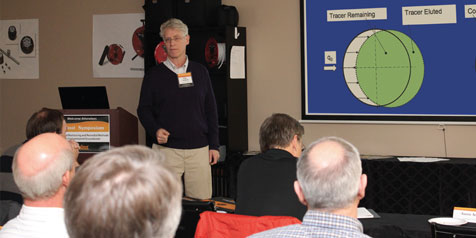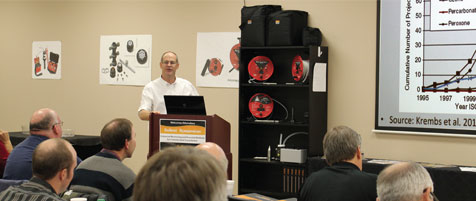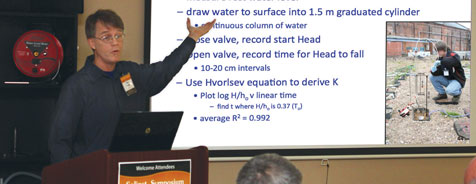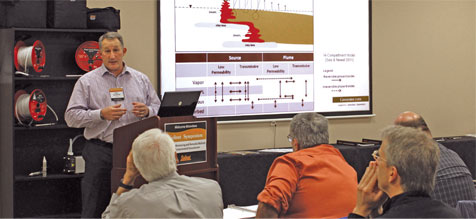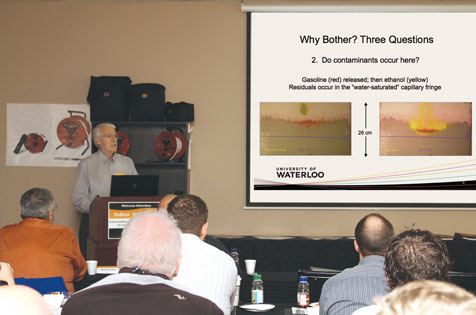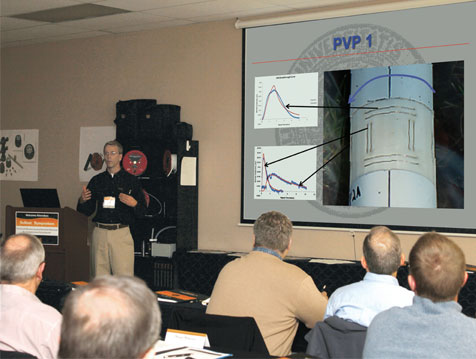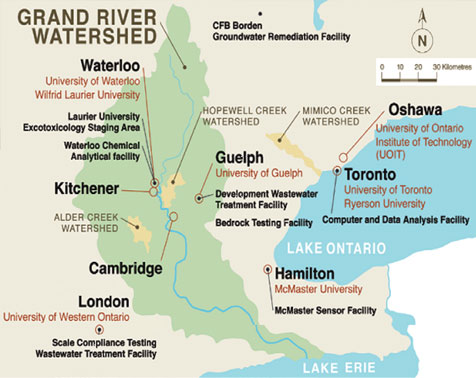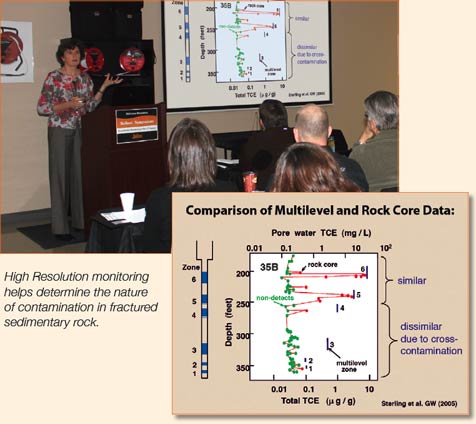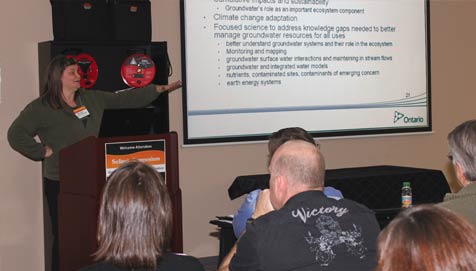Monitoring Water & Contaminant Fluxes In Surface, Subsurface & Hyporheic Systems
Contaminant mass flux is the measurement of the concentration and flow of contaminants from a source area, represented as mass per unit area per unit time. Contaminant flux measurements show how much, how fast, and where a contaminant is moving – more than you can get from traditional groundwater grab samples. Kirk started his presentation… Continue Reading »

